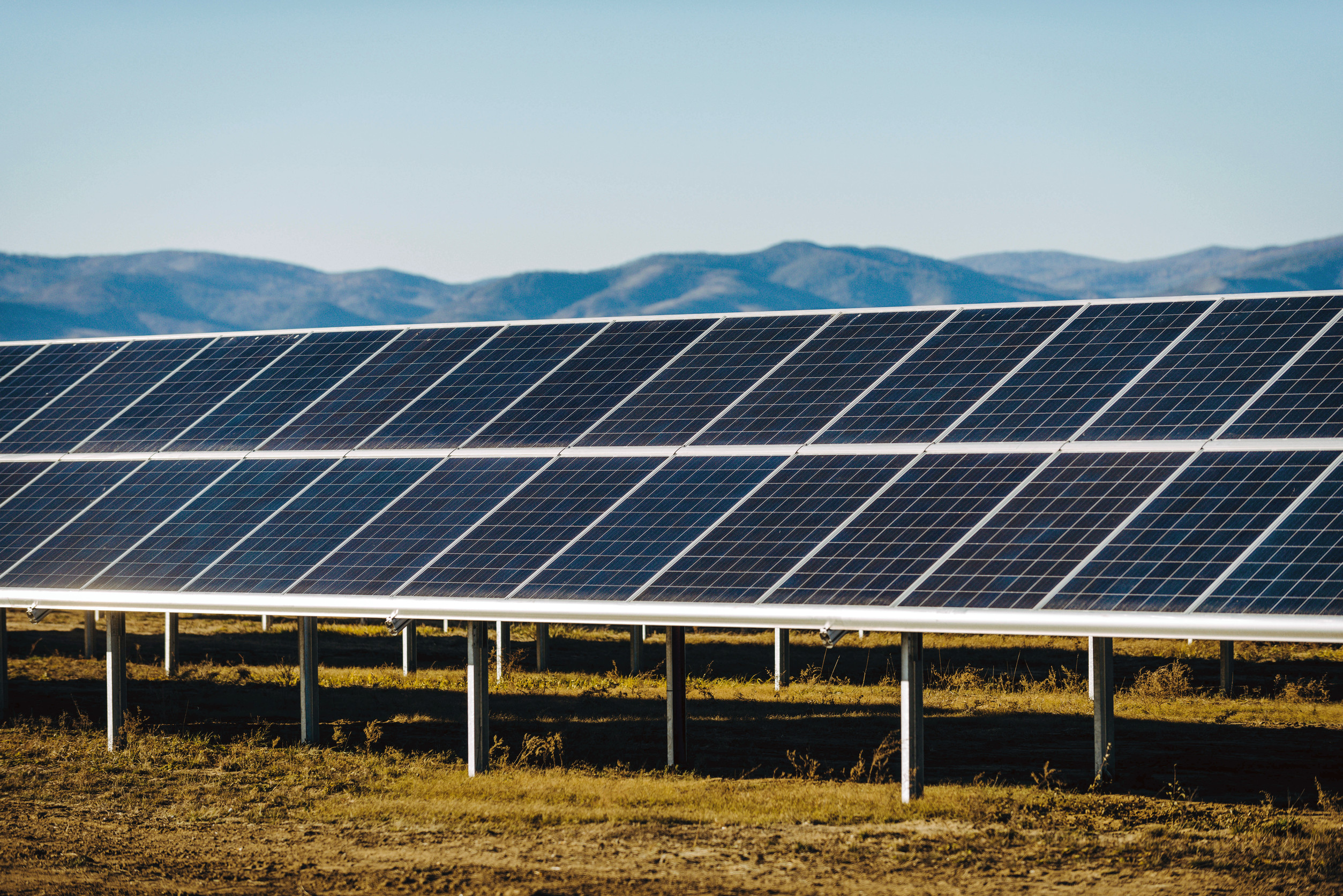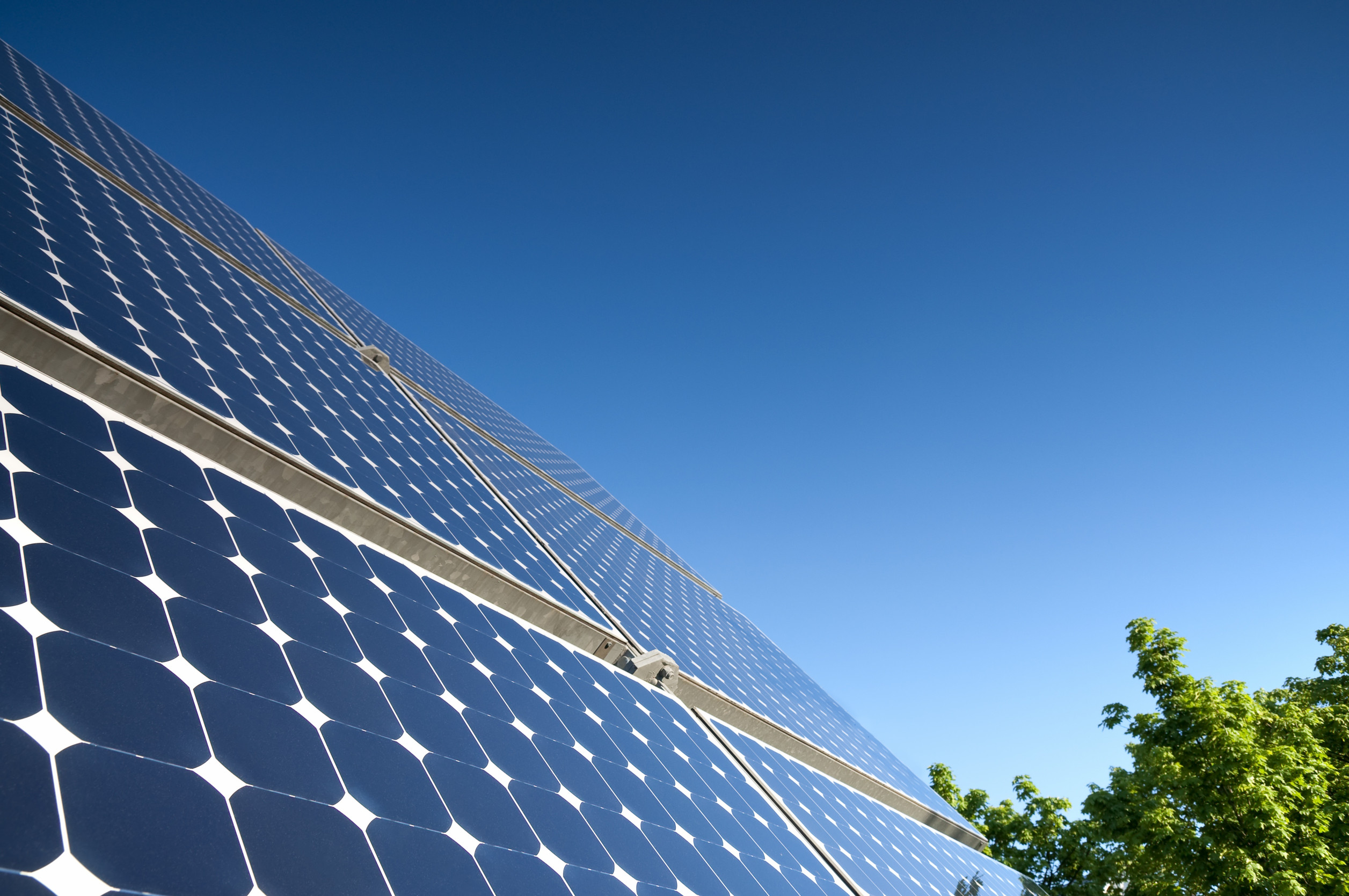Image Credit: solar power station green electricity panel view
For the first time in history, solar energy has surpassed coal in the European Union’s electricity generation mix. In 2024, solar power accounted for 11 percent of the EU’s electricity, while coal fell below 10 percent, according to Ember’s European Electricity Review. This shift marks a significant transformation in the EU’s power sector, highlighting a trend where renewable energy sources are steadily reducing reliance on fossil fuels.
Fossil fuel generation as a whole dropped to 29 percent of the EU’s electricity in 2024, down from 39 percent in 2019. Natural gas generation also continued its decline for the fifth consecutive year, with wind energy surpassing gas for the second year in a row, contributing 17 percent of electricity compared to gas’s 16 percent.
The growth of renewable energy is notable, with solar and wind combined with hydropower now making up 47 percent of the EU’s power generation, a significant increase from 34 percent five years ago. Analysts estimate that without the expansion of wind and solar since 2019, the EU would have required an additional 92 billion cubic meters of gas and 55 million tonnes of coal, amounting to a cost of approximately €59 billion ($61.6 billion).
In 2024, the EU’s solar capacity expanded by 66 gigawatts, translating to over 450,000 solar panels being installed daily, resulting in a 22 percent annual increase in solar generation. All EU member states are experiencing growth in solar power, with 16 countries generating more than 10 percent of their electricity from solar energy. Hungary, Greece, and Spain lead this surge, with solar contributing 25 percent, 22 percent, and 21 percent of their electricity, respectively.
While the progress in transitioning to renewable energy sources is encouraging, challenges remain. The report highlights a significant “delivery gap” in the wind sector, which is crucial for achieving the EU’s 2030 climate targets. The EU needs to add an average of 34 gigawatts of wind capacity annually from 2025 to 2030, but current projections suggest only 19 to 22 gigawatts per year.
Despite these challenges, the EU’s energy revolution reflects a commitment to building a cleaner and more resilient power system. As the reliance on fossil fuels diminishes, the continued expansion of solar and wind energy positions the EU closer to a sustainable energy future.
Check out the original article here: Source link



